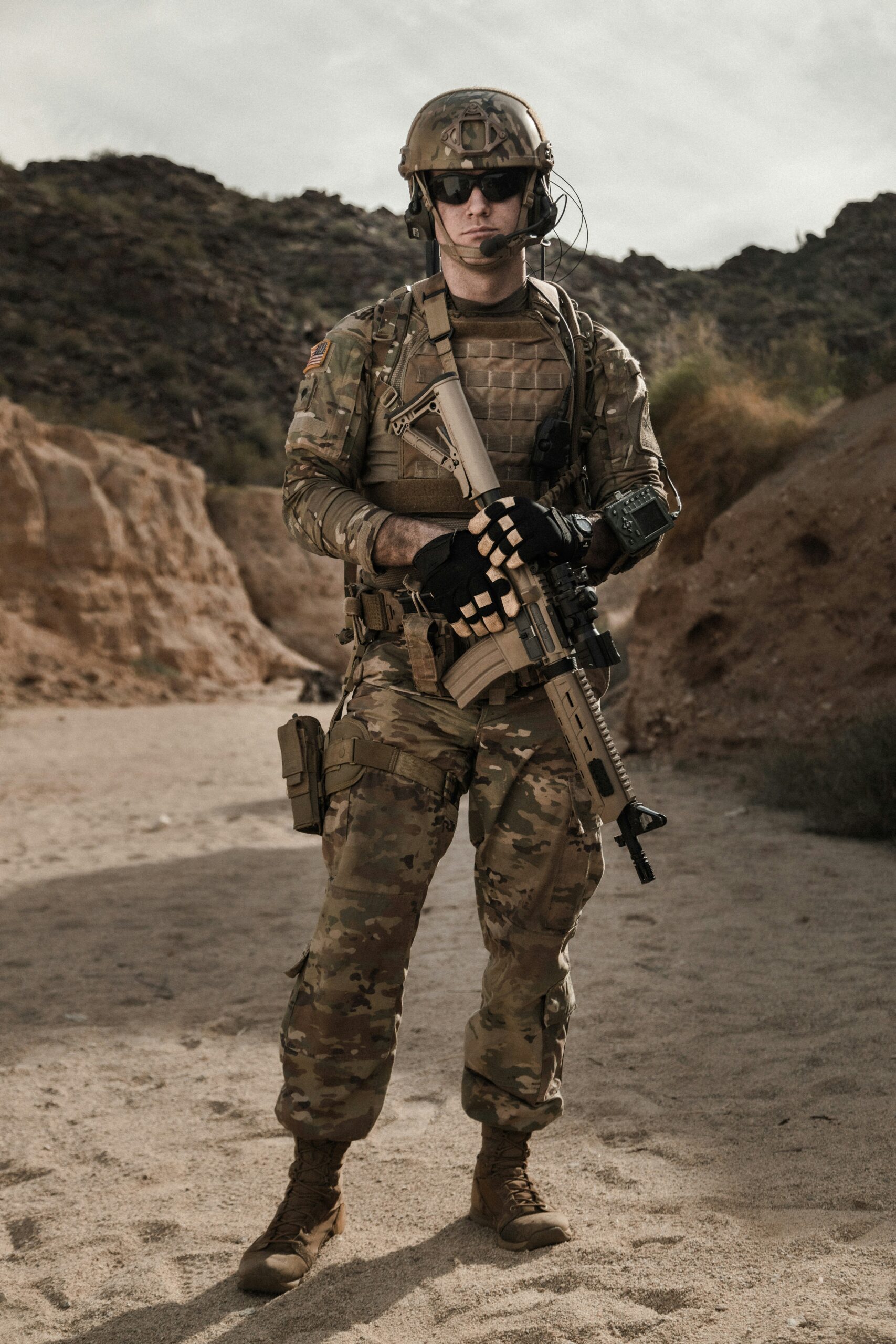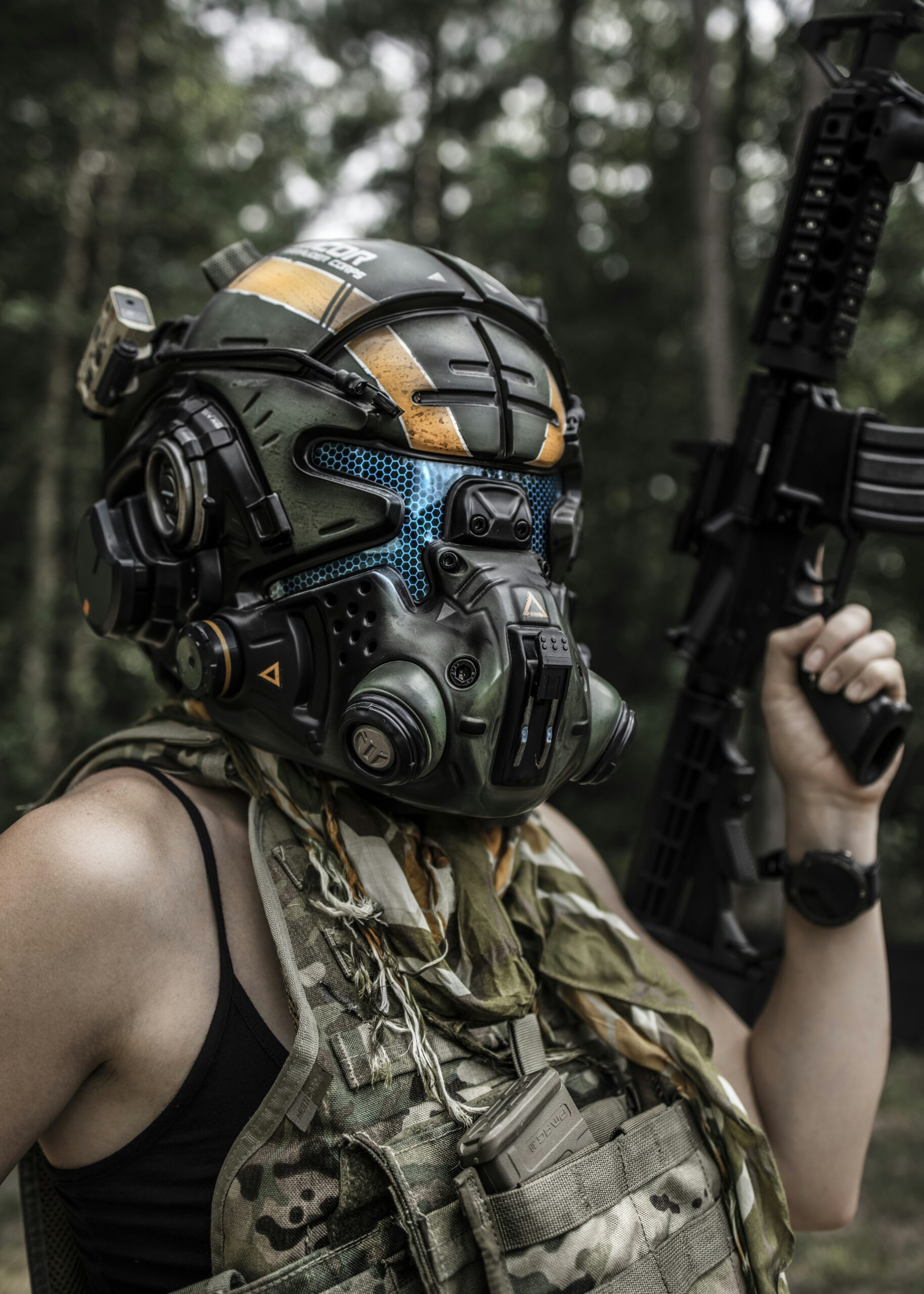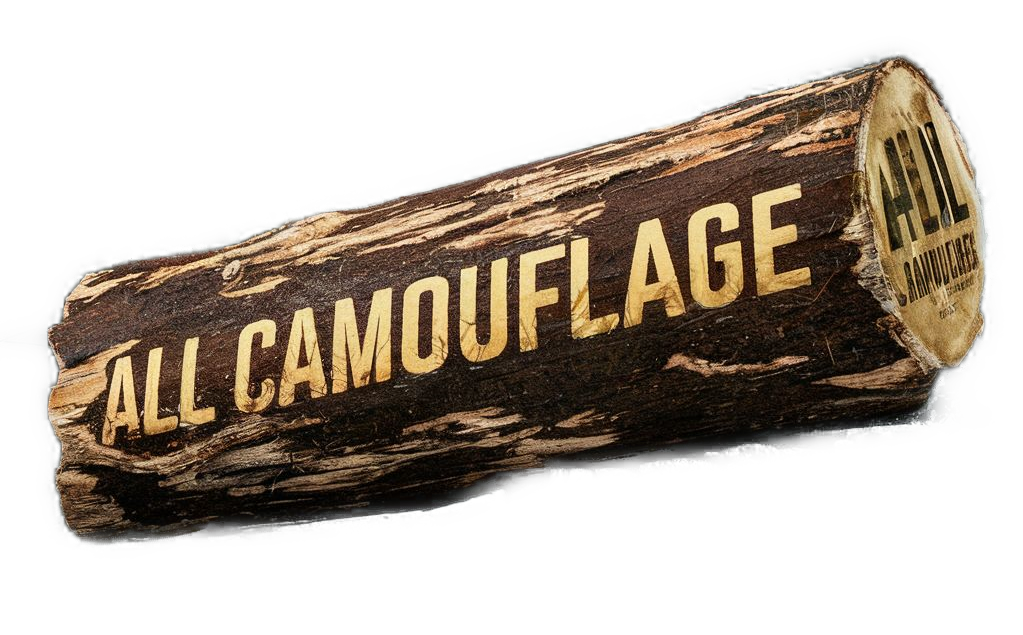Have you ever wondered what factors you should consider when choosing camouflage survival gear? Whether you’re an enthusiast preparing for an adventurous expedition, or perhaps you’re someone simply wanting to blend in with nature for various outdoor activities, picking the right camouflage gear can make a big difference. The world of camouflage is as multifaceted as the great outdoors themselves, offering an array of textures, patterns, and colors that cater to diverse environments and needs. Here, I will guide you with a friendly and insightful approach through the critical considerations for selecting the ideal camouflage survival gear, ensuring you are prepared, comfortable, and perhaps even fashionably discreet.
Understanding Camouflage
Camouflage isn’t just for military use—it’s an essential strategy for anyone looking to harmonize with nature. In essence, it’s a method that allows you to blend into the surroundings by modifying your appearance to resemble environmental elements. It’s about deception and adaptation, used by nature and humans alike. By understanding camouflage, you’re better equipped to make informed choices that fit your specific purposes and surroundings.
The Purpose of Camouflage
Humans have borrowed camouflage strategies from nature, primarily for hiding from predators or sneaking up on prey. When choosing camouflage survival gear, consider your primary goal. Are you trying to become one with the forest while bird watching? Or perhaps you want to be ready for an unexpected survival situation? Defining your purpose clearly will guide you in selecting the right pattern and material for your needs.
The Art of Blending In
The key to effective camouflage lies in your ability to blend in rather than stand out. This involves an understanding of color blending and pattern matching with the environment. Keep in mind that optimal blending changes based on the season, location, and time of day. You must select gear that mimics these natural changes, making you as invisible as Houdini in a room full of rabbits.
Key Factors in Choosing Camouflage Survival Gear
There are several aspects to contemplate when selecting your camouflage gear. These extend beyond mere aesthetics, diving deep into functionality and utility in varying scenarios.
Environment and Habitat
Where you plan to use your camouflage gear is critical. Each geographical location has distinct characteristics, which include flora, fauna, and climate considerations. For instance, rainforests present lush greens and dense foliage, while desert landscapes offer sandy, beige tones. Matching your gear to these environments enhances effectiveness.
- Forest/Jungle: Opt for greens, browns, and leaf-like patterns.
- Desert/Arid Areas: Choose tans and earthy tones.
- Snow: Look for whites and greys with minimal dark features.
Clothing Material and Durability
When you’re out in the wild, comfort and durability are non-negotiable. The material of your camouflage gear determines how well it stands up to the elements and how comfortable it is to wear over extended periods.
- Breathability: Essential for staying cool in hot climates.
- Water resistance: Important for wet environments.
- Thermal properties: Needed for cold weather camouflage.
- Durability: Look for tear-resistant and sturdy fabrics.
Versatility and Layering
Choosing gear that offers versatility can serve you well under variable conditions. Consider outfits that allow layering, providing flexibility as temperatures rise or fall. This layering approach lets you shed or add camouflage as needed, keeping you both comfortable and stealthy.
Functional Features
What makes your camouflage gear more than just clothing? Features such as pockets, adjustments, and reinforcements play a pivotal role. Pockets, for instance, should be plentiful but not bulky, perfect for storing essential gear. Adjustments help you achieve a snug fit, essential when stealth is a priority. Reinforcements in high-stress areas prevent wear and tear.
Weight Considerations
Out in the field, every ounce counts. Lighter gear makes for easier movement and less fatigue, an invaluable factor when you’re under physical strain. Yet, this shouldn’t come at the expense of durability or protection. Aim for gear that strikes the perfect balance between lightness and functionality.

Matching Patterns with Seasons
Nature changes her attire with the seasons, and your camouflage should follow suit. Pay attention to how landscapes transition through spring, summer, fall, and winter so your gear doesn’t end up looking out of place.
Spring
Spring is a time of renewal — vibrant greens, burgeoning underbrush, and blooming flowers. Your camouflage should reflect this lively palette.
Summer
In summer, foliage is at its fullest, and the colors deepen. Choose darker greens and browns to blend into the thick and mature leaves.
Fall
The fall is a time of transformation. With leaves turning to reds, oranges, and browns, your camouflage should echo these autumnal tones.
Winter
Snow blankets the earth in white. Your objective in winter is to mimic the snow-covered landscape, combining whites and greys.
Choosing the Right Type of Camouflage Pattern
Camouflage patterns come in countless forms and designs. Some are highly specialized, while others offer broad use. Understanding them can help you choose the right one for specific environments.
| Pattern Type | Ideal Use |
|---|---|
| Woodland | Dense forests and lush environments |
| Desert | Arid, sandy regions |
| Digital | A digitally rendered pattern, often versatile |
| Snow | Icy and snowy terrains |
| Urban | Urban settings, a mix of grays and browns |
Woodland Camouflage
Woodland camouflage is designed for lush environments. It incorporates green, brown, and black to mask you among trees and shrubs.
Desert Camouflage
Suited for arid landscapes, desert camouflage typically features lighter colors like tans and beiges to mirror sandy terrain.
Digital Camouflage
Digital camouflage consists of tiny pixels, disrupting outlines and blending with various backgrounds. It’s a versatile and modern choice for multiple environments.
Snow Camouflage
With winter’s icy cloak covering everything, snow camouflage—plain whites and subtle greys—keeps you concealed in snowy terrains.
Urban Camouflage
For blending into cityscape jungles, urban camouflage uses a mix of grey, brown, and black hues reflecting concrete, metal, and shadows.

Additional Considerations
While we’ve managed to sift through the essentials, there are still more considerations that could sway your decision-making process.
Cost and Budget
Budget is always a factor; however, remember that quality often correlates with price. Investing in durable gear can save you in the long run, lessening the need for frequent replacements.
Brand Reputation
Opt for brands known for reliability and excellence. Brands with rich histories often offer the latest innovations and quality craftsmanship in their camouflage lines.
Personal Preferences
Never overlook the power of personal preference. Choose gear that speaks to you, both functionally and stylistically. After all, a comfortable and confident wearer often outshines their gear in survival scenarios.
Maintenance and Care
The longevity of your gear largely depends on how well you take care of it. Check labels and manufacturer recommendations for washing instructions and storage guidelines to ensure your camouflage continues to serve you well season after season.
Final Thoughts
Choosing the right camouflage survival gear means striking a balance between practicality, environment fit, and personal preferences. Consider the various factors and align them with your needs. Never underestimate the weight proper gear carries in your outdoor adventures—not merely for survival but for the sheer joy and comfort of seeking harmony with nature. It’s all about preparation, after all; and knowing what factors to consider keeps you a step ahead of whatever challenges the wild presents. Remember, a well-prepared you is indeed a happier you when exploring the great unknown.


